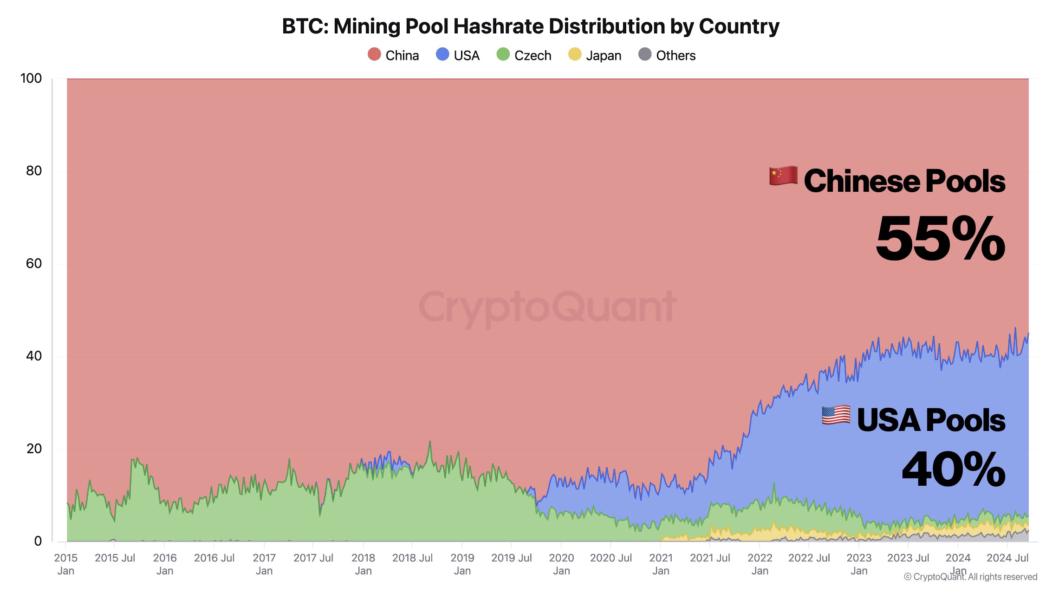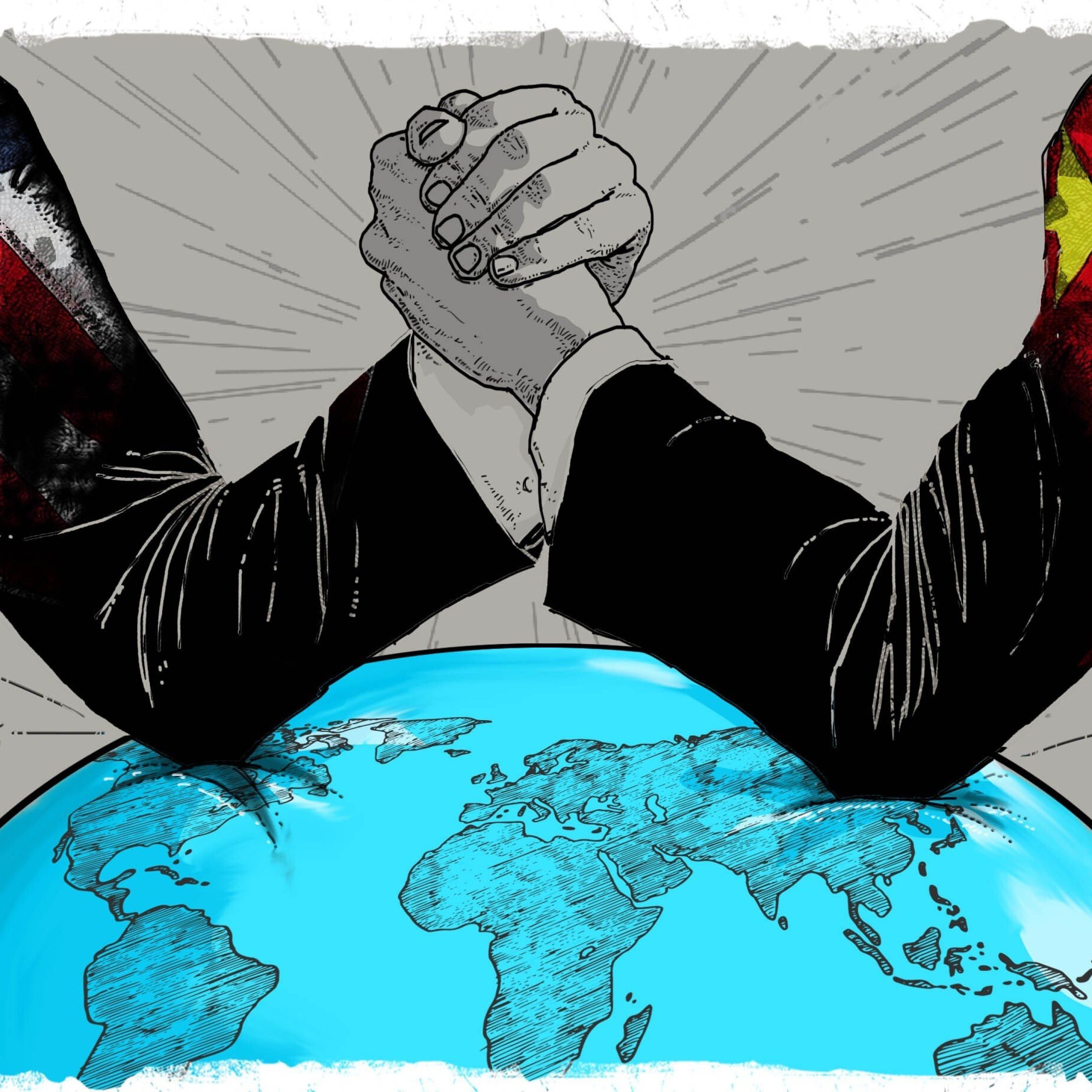China is on the verge of injecting nearly $142.4B (1 trillion yuan) to increase its biggest state bank’s capacity to support its nose-diving economy and slow markets. Sources confirmed that Beijing planned to issue new sovereign bonds to fund the largest Chinese government bailout since the 2008 global financial crisis.
The decision aligned with Beijing’s broad stimulus measures to boost its poorly performing economy after four of its five top lenders reported Q2 losses, as reported by Bloomberg. The banks had lowered interest rates in response to government requests to stimulate falling loan demands. Analysts recommended more fiscal stimulus as China’s growth target was at risk due to deflationary pressures.
Beijing unveils huge stimulus package to restore economic confidence
EXCLUSIVE: China is considering injecting up to $142 billion of capital into its biggest state banks, the first time since the global financial crisis in 2008 https://t.co/hCnbhSu8J2
— Bloomberg (@business) September 26, 2024
China was weighing the possibility of funding the country’s biggest banks with a major $142 billion capital injection into its dwindling economy. The decision is, however, not final; it is still in the early stages. The Chinese Central Bank revealed its planned economic stimulus package on September 24 in a bid to pull the economy from deflationary pressures and restore confidence in the second-largest economy in the world.
The People’s Bank of China (PBOC) received criticism from analysts questioning the productivity of its liquidity injection since consumers and businesses had extremely low demand for credit. The analysts also noted that there were no policies to support real economic activities to rekindle and sustain China’s prolonged structural slowdown. They also pointed out that more fiscal stimulus would be required to get the year’s growth trajectory to its 5% target.
“This is the most significant PBOC stimulus package since the early days of the pandemic…But on its own, it may not be enough”
–Julian Evans-Pritchard, Capital Economics analyst
The PBOC also reported that it would cut interest rates, including its new benchmark seven-day reverse repo rate, which it plans to reduce by 0.2 percentage points to 1.5%. It further mentioned that interest rates on the medium-term lending facility will drop by 30 basis points and prime rates by 20-25bps. Gary Ng, senior economist at Natixis, mentioned that while such policy changes were probably coming a bit too late, they were better than nothing.
China’s benchmark CSI 300 index gained 0.35%, Hong Kong’s HSI index traded 1.5% higher, and the yuan was up 0.12% as of September 26.
Lowering interest rates turns out detrimental to China’s economy
Four of the five largest Chinese banks reported lower Q2 revenues following a ‘nudge’ from the Chinese government to boost credit demands by lowering lending rates. The Industrial and Commercial Bank of China Ltd (ICBC) and the CCB (China Construction Bank) reported second-quarter net profit declines of 0.8% and 1.4%, respectively.
The ICBC’s NIM (net interest margin) narrowed to 1.43% by the end of June, down from 1.48% just three months earlier.
The Bank of Communications (BoCom) and the Bank of China also reported lower profits in Q2, although AgBank beat the trend with a 14.2% profit increase.





